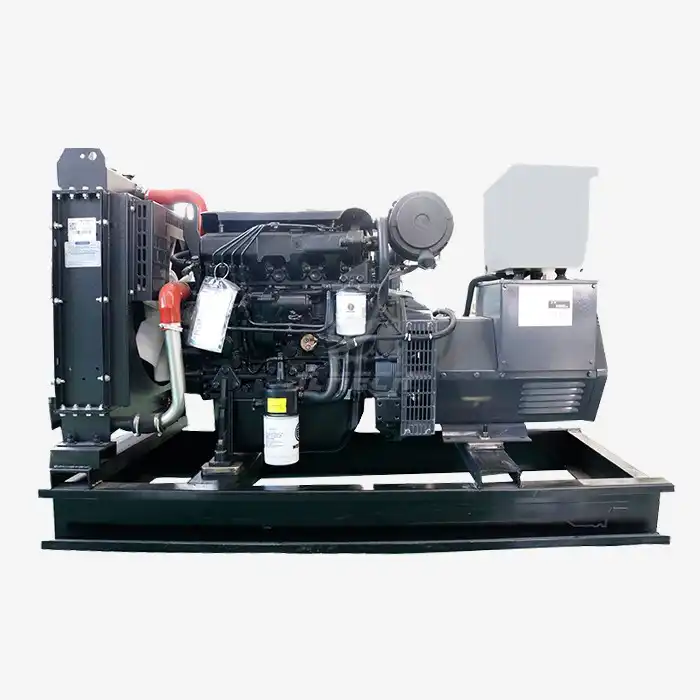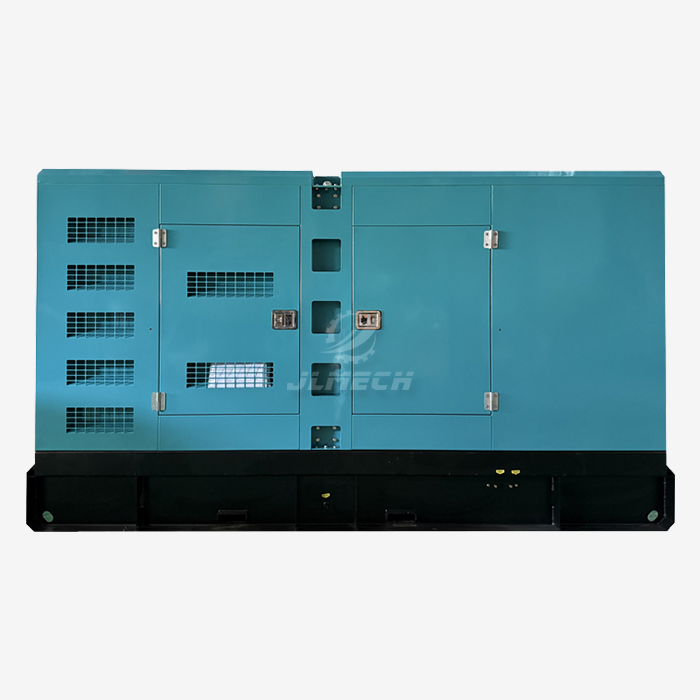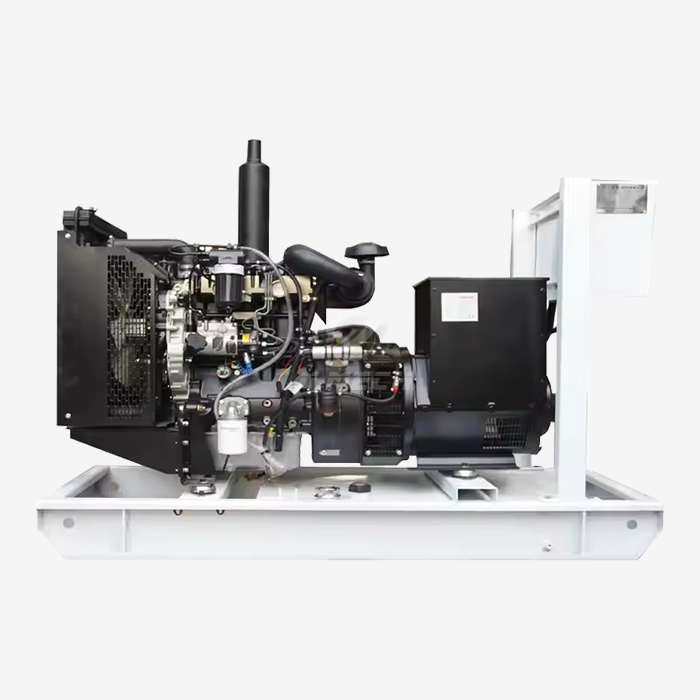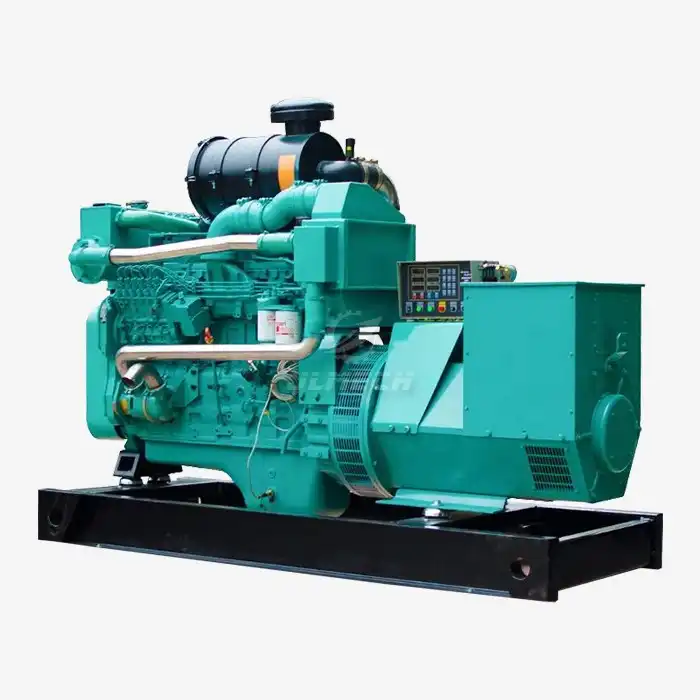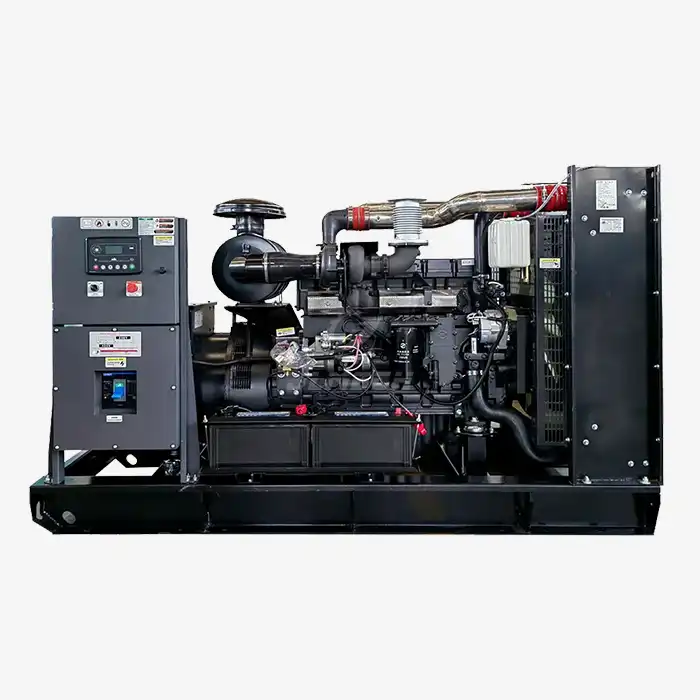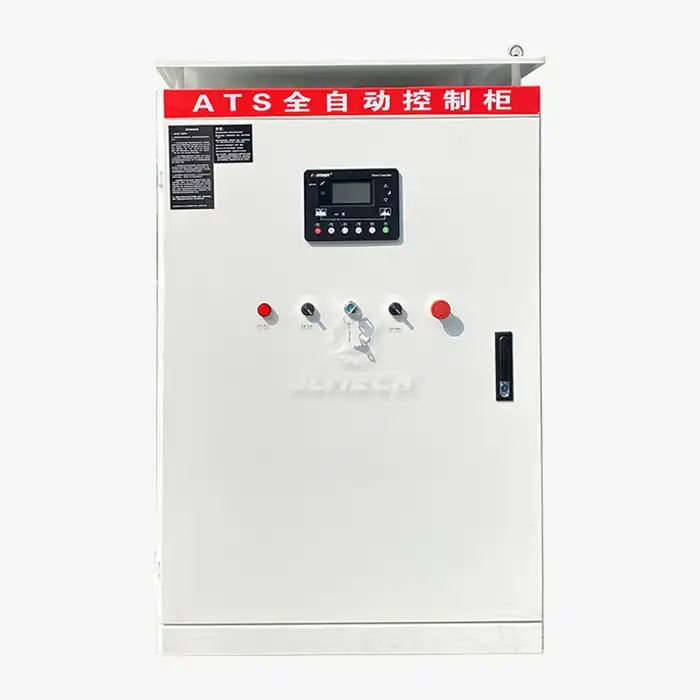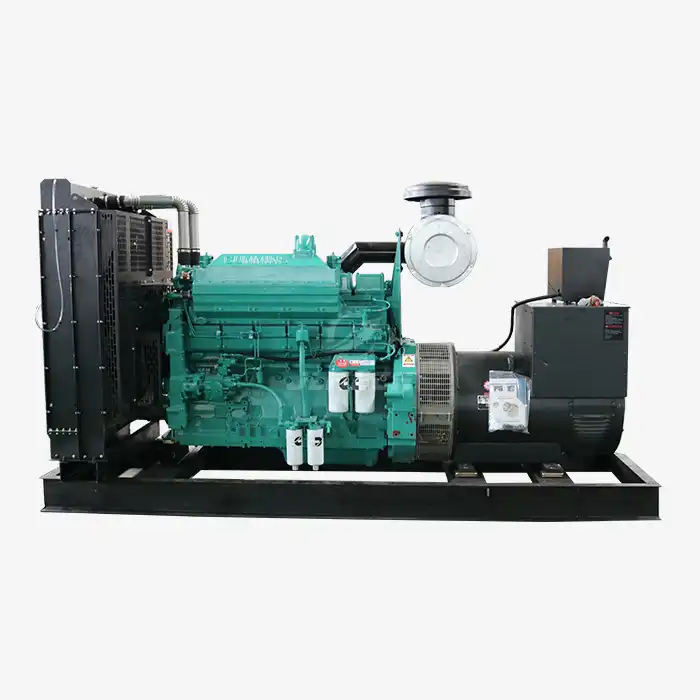What causes black smoke from diesel engines?
The appearance of black smoke from diesel generators is one of the most common and visible signs of operational issues that require immediate attention. This problematic diesel generator black smoke not only indicates potential engine problems but also represents wasted fuel, increased pollution, and possible regulatory compliance issues. Understanding the root causes of this phenomenon is essential for maintaining optimal generator performance and avoiding costly repairs down the line. Addressing black smoke emissions promptly can prevent more serious damage while ensuring efficient and environmentally responsible operation.
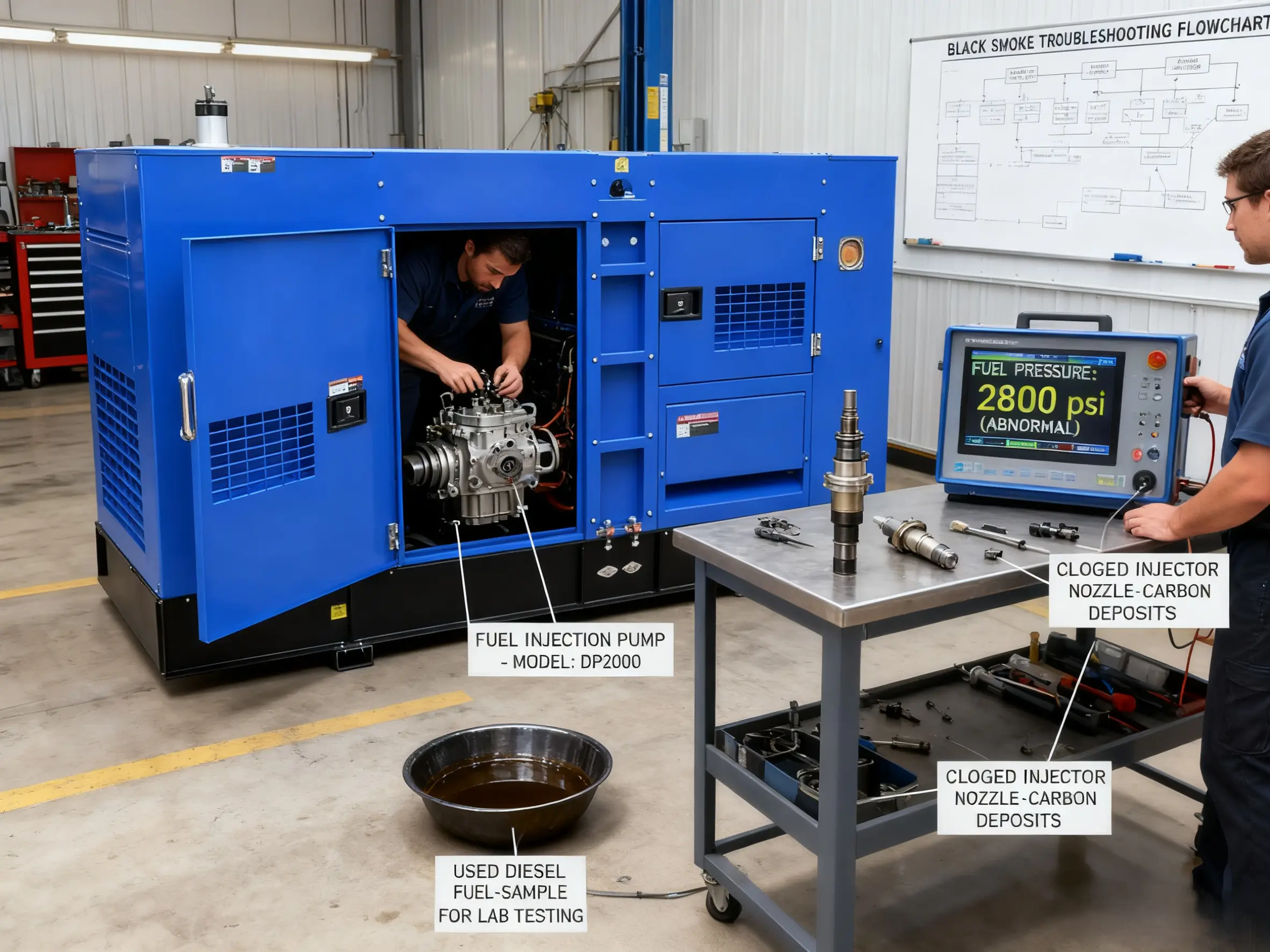
Fundamental Principles of Black Smoke Formation
Black smoke from diesel engines results from incomplete combustion of fuel within the engine cylinders. This occurs when the fuel-air mixture lacks sufficient oxygen for complete combustion or when injection timing prevents proper burning. The visible black color comes from unburned carbon particles that escape through the exhaust system. In a properly functioning diesel engine, fuel completely combusts, producing minimal visible emissions. However, when combustion efficiency drops, the resulting diesel generator black smoke signals that fuel isn't being fully utilized for power generation, indicating both performance issues and environmental concerns that need addressing.
Primary Causes Analysis
Several key factors can contribute to black smoke formation in diesel generators:
Fuel System Issues:
- Clogged or defective fuel injectors that improper spray patterns
- Incorrect injection timing advancing or retarding fuel delivery
- Worn fuel injection pumps failing to maintain proper pressure
- Contaminated fuel with impurities affecting combustion
Air Intake Problems:
- Dirty air filters restricting airflow to the engine
- Turbocharger issues reducing boost pressure
- Blocked intake manifolds or piping
- Exhaust system restrictions increasing backpressure
Engine Mechanical Concerns:
- Low compression reducing combustion efficiency
- Worn piston rings or cylinder liners
- Valve train problems affecting air exchange
- Overfueling due to calibration issues
Operational Factors:
- Excessive loading beyond generator capacity
- Rapid load changes upsetting air-fuel balance
- Cold operation before reaching optimal temperature
- Altitude effects on air density and combustion
Diagnostic Methods and Symptom Identification
Proper diagnosis requires systematic observation and testing:
Visual Inspection:
- Smoke color and density under different load conditions
- Correlation between smoke appearance and specific operating states
- Comparison with normal baseline emissions
Performance Testing:
- Power output capability at various load levels
- Fuel consumption measurements compared to specifications
- Exhaust gas temperature monitoring
- Cylinder balance tests to identify problematic units
Component Verification:
- Fuel injection pressure and pattern analysis
- Air filter restriction gauge readings
- Turbocharger boost pressure measurements
- Compression tests across all cylinders
Advanced Diagnostics:
Exhaust gas analysis for precise air-fuel ratio determination
Electronic control system fault code reading
Injection timing verification using specialized equipment
Particulate matter measurement for quantification
Solutions and Repair Recommendations
Addressing black smoke requires targeted interventions based on root cause identification:
Immediate Corrective Actions:
- Reduce load to sustainable levels until repairs can be made
- Replace clogged air filters with genuine OEM parts
- Add quality fuel treatments to clean injectors temporarily
- Schedule professional service for comprehensive diagnosis
Fuel System Repairs:
Clean or replace malfunctioning fuel injectors
- Calibrate injection timing to manufacturer specifications
- Repair or replace defective fuel pumps
- Install fuel filtration upgrades if contamination is recurrent
Air System Improvements:
- Establish regular air filter replacement schedules
- Repair or replace faulty turbocharger components
- Clean intake and exhaust pathways thoroughly
- Verify proper operation of charge air coolers
Engine Mechanical Repairs:
- Conduct compression tests to identify worn components
- Replace piston rings, liners, or valves as needed
- Adjust valve clearances to specifications
- Consider engine overhaul if multiple systems are compromised
Preventive Measures:
- Implement regular maintenance schedules
- Use high-quality fuel and additives
- Train operators on proper loading procedures
- Install monitoring systems for early detection
Frequently Asked Questions
Q: Is black smoke always a serious problem?
A: While sometimes temporary during startup or load changes, persistent black smoke indicates issues requiring attention to prevent further damage.
Q: Can poor-quality fuel cause black smoke?
A: Absolutely. Contaminated or improper fuel is a common cause of combustion problems and black smoke emissions.
Q: How quickly should I address black smoke issues?
A: Immediate investigation is recommended. Continued operation with black smoke can damage after-treatment systems and increase repair costs.
Q: Will an engine with black smoke fail emissions tests?
A: Typically yes, as black smoke indicates excessive particulate emissions that exceed regulatory limits in most jurisdictions.
Q: Can I fix black smoke problems myself?
A: Basic maintenance like air filter replacement may help, but most causes require professional diagnosis and repair for proper resolution.
Conclusion
Understanding and addressing the root causes of diesel generator black smoke is essential for maintaining efficient, compliant, and reliable power generation. From simple maintenance issues to complex mechanical problems, black smoke serves as an important indicator of generator health that should never be ignored. Proper diagnosis and timely intervention can restore performance while preventing more extensive damage.
Our technical team specializes in diagnosing and resolving generator performance issues, including black smoke problems. Contact us at skala@whjlmech.com for professional assistance with your generator maintenance and repair needs.
References
Wilson, T. (2023). Diesel Engine Combustion Analysis and Emissions Control. Journal of Power Engineering, 45(2), 112-126.
International Organization for Standardization. (2022). *ISO 8178: Reciprocating internal combustion engines - Exhaust emission measurement*. Geneva: ISO.
Diesel Technology Forum. (2023). Best Practices for Diesel Generator Maintenance and Emissions Control. Maryland: DTF.
Environmental Protection Agency. (2023). Stationary Diesel Engine National Emission Standards. Washington: EPA.



